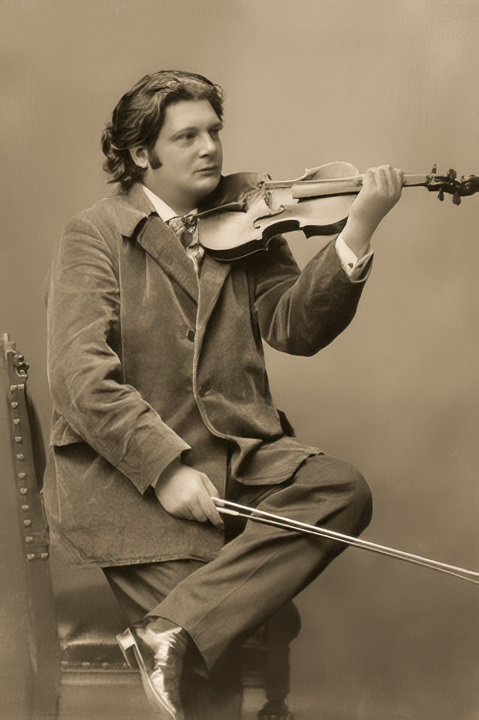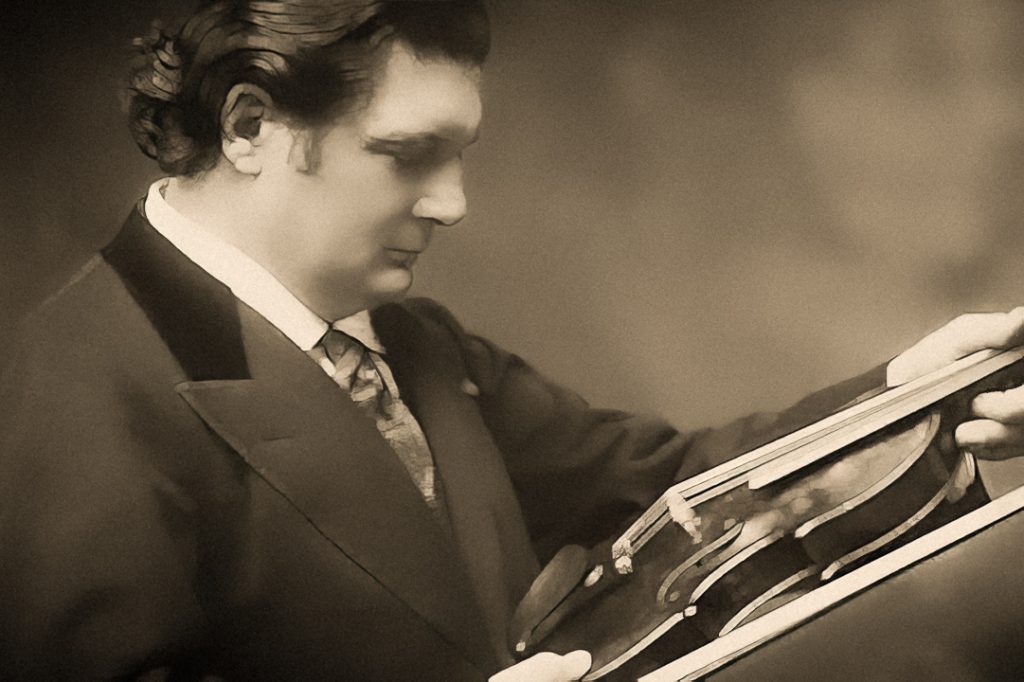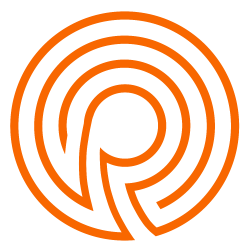
Antoine Ysaÿe recalls how his father, after having attended a concert where Joseph Szigeti performed Bach’s Sonata in G minor, took upon himself to finally, 200 years after Bach’s masterwork, expand the repertoire for solo violin.
This was in July 1923, 100 years ago.
Bach’s 6 solo Sonatas and Partitas have stood for centuries as the pinnacle of violin repertory, exploring all what this little stringed instrument could possibly do, miraculously breaking free of its essentially monophonic nature in order to serve the deepest and most inspired music.
Ysaÿe particularly had a profound reveration for Bach and his Sonatas and Partitas: “Bach’s genius frightens whoever would be tempted to follow a similar path”.. Yet, in 1923, Ysaÿe finally did.
Could it be that the enthusiasm after hearing Szigeti and the desire to dedicate him a work pushed him over his reservations? Or was merely the time right?
In 1923 Ysaÿe was 65 and had had four decades of the richest musical career imaginable. He was truly, and way after his death still is for many, the greatest and most influential violinist the world had ever known.
He was both the link and the confluence between two centuries, between two eras. His mentors were Vieuxtemps, Wieniawski and Massart. His friends Franck, Fauré, Debussy, Grieg, Chausson, Lekeu, d’Indy, Bloch; and the list of his pupils and musical partners reads like a literal enumeration of the most important musicians of the XXth century!
No other violinist ever enjoyed such unanimous praise, love and admiration from the musicians of his time.
His influence has been essential and goes entirely beyond the violinistic realm for, as Yehudi Menuhin so rightly and wittingly said: “Never before has a more complete man enjoyed a career as a violinist!”.
The list of works written for and dedicated to him, many of which are now essential parts of our musical repertoire, also demonstrate what a towering and inspiring figure he was.
Without him we arguably would not have such works as the Franck sonata, the Debussy quartet, the Franck and Fauré quintets and the Chausson “Poème” to name but a few.
And so it seems that none other than Ysaÿe could have undertaken such a dauting task, composing a complete corpus of works for solo violin, 200 years after Bach.

Yet he never had the presumption to think of his Sonates as a central development and extension of the repertoire for violin. At first their inclusion in concerting and touring programs is actually rather sparse, and strangely enough not for a lack of public success. More over we have to wait 50 years for the first recording to be made! (Ruggiero Ricci, 1974)
And yet since then these sonates have indubitably reached their rightful place, at the center of the music for violin, right beside Bach’s 6 Sonatas and Partitas. Not only have they become a “passage obligé” for all violinists but it seems that every aspiring soloist feels the need to record them by now.
Ysaÿe’s natural, for which violinist is not be haunted by these works, obsession with Bach is felt all throughout his “6 Sonates pour violon seul”. Most demonstrably so in this 2d Sonate of course, but in his 1st and 4th Sonates as well.
The first movement is aptly named “Obsession” and in so could be referring to either Ysaÿe’s more general difficulty to distance himself from Bach or with the dedicatee’s, Jacques Thibaud, own obsession with that specific Bach Preludium.
The beautiful and intense performance linked below is recorded live during the Alberto Lysy International Violin Competition.
The violinist, which went on winning said competition and whose fiery performance through all rounds enthused public and jury alike, is Bohdan Luts.
return to: home page
